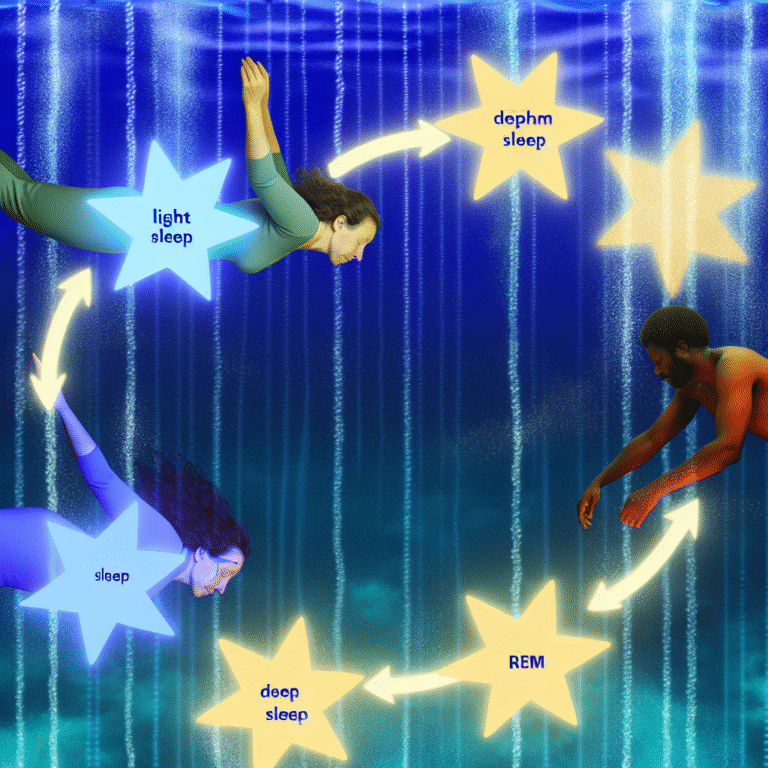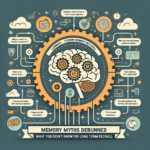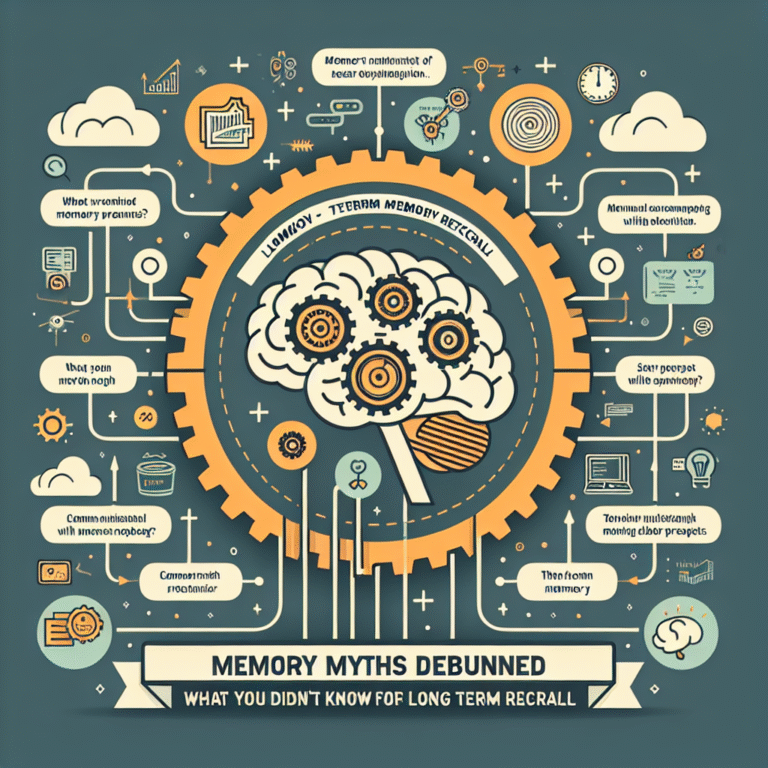
From Anxiety to Ease: The Therapeutic Benefits of Progressive Muscle Relaxation
Introduction
In today’s fast-paced world, anxiety often feels like an unwelcome companion, intruding into our daily lives and affecting our mental and physical well-being. But what if there was an effective practice that could transform that anxiety into a sense of ease and tranquility? Enter Progressive Muscle Relaxation (PMR), a simple yet powerful technique designed to help individuals ease their tension and reduce anxiety. In this article, we will explore the therapeutic benefits of Progressive Muscle Relaxation, guided by the principle of moving "From Anxiety to Ease," and offer actionable insights that you can implement in your daily life.
The Basics of Progressive Muscle Relaxation
What is Progressive Muscle Relaxation?
Progressive Muscle Relaxation, created by Dr. Edmund Jacobson in the 1920s, involves tensing and then relaxing specific muscle groups throughout the body. By bringing awareness to physical sensations, PMR helps individuals recognize the difference between tension and relaxation. This practice not only aids in reducing muscle tension but also promotes a profound sense of calm, making it an effective tool for managing anxiety.
The Science Behind PMR
Research shows that muscle tension is often a response to psychological stress. When we experience anxiety, our muscles tend to tighten, sometimes without our conscious awareness. PMR interrupts this cycle by guiding individuals through a systematic process of tensing and relaxing their muscles, leading to a decrease in anxiety levels and an overall sense of well-being.
Case Studies: Real-World Applications of PMR
Case Study 1: Workplace Stress
Sarah, a marketing executive, often found herself overwhelmed by deadlines and meetings. After incorporating PMR into her daily routine, Sarah reported a significant decrease in her anxiety levels. She began her day with a few minutes of PMR, focusing on her neck, shoulders, and arms—areas where she held the most tension. Within weeks, she noticed improved concentration and a better ability to handle stress.
Analysis: Sarah’s case illustrates the effectiveness of PMR in mitigating workplace anxiety, reinforcing the notion that even short periods of relaxation can significantly improve mental clarity and emotional resilience.
Case Study 2: Pre-Exam Anxiety
John, a college student, suffered from extreme anxiety before exams. After attending a workshop on PMR, he began to practice the technique each night before studying. On the day of his exams, he would perform PMR in the waiting room. His performance improved by nearly 30%, and the panic attacks he previously experienced waned dramatically.
Analysis: John’s success demonstrates PMR’s utility as a pre-performance strategy, presenting it as a practical approach for students or professionals facing high-stakes situations.
How to Practice PMR: Step-by-Step Guide
Step 1: Find a Comfortable Space
Begin by choosing a quiet place where you can sit or lie down comfortably. Ensure that you won’t be disturbed during the practice.
Step 2: Close Your Eyes and Breathe
Take a few deep breaths, inhaling through your nose and exhaling through your mouth. Allow yourself to become aware of any areas of tension in your body.
Step 3: Tense and Relax Muscle Groups
- Feet: Curl your toes tightly for 5 seconds, then relax.
- Legs: Tense your calf muscles for 5 seconds, then relax.
- Stomach: Tighten your abdominal muscles, hold for 5 seconds, then release.
- Hands: Clench your fists, hold for 5 seconds, then relax.
- Arms: Tense your biceps, hold for 5 seconds, then relax.
- Neck and Face: Scrunch your face tight and hold for 5 seconds, then relax.
Continue through each muscle group, spending about 30 seconds on each area, and take deep breaths throughout the process.
Step 4: Reflect and Assess
After going through the muscle groups, spend a few moments reflecting on how your body feels. Notice the warmth and relaxation spreading through you.
The Therapeutic Benefits of Progressive Muscle Relaxation
Reducing Anxiety Levels
The central theme of moving "From Anxiety to Ease" is at the heart of PMR. Numerous studies indicate that individuals who practice PMR regularly report lower anxiety scores compared to those who do not.
Enhancing Sleep Quality
Regular practitioners of PMR often find they experience improved sleep quality. The relaxation response can transition the body from a state of wakefulness to sleep, making it easier to drift off at night.
Decreasing Physical Symptoms of Stress
Many individuals experience physical symptoms of stress, such as headaches or muscle pain. PMR explicitly targets muscle tension, helping to alleviate these symptoms and promote physical comfort.
Improving Mental Clarity
A relaxed mind is more focused and productive. By reducing anxiety through PMR, you may find you can think more clearly and make decisions with greater confidence.
Increasing Emotional Resilience
Practicing PMR can foster a greater sense of emotional resilience. Regular relaxation can help you handle stressors more effectively, allowing you to respond to challenges rather than react in anxiety.
Table: Benefits of PMR at a Glance
| Benefit | Description |
|---|---|
| Reduces anxiety | Lowers levels of anxiety and stress |
| Enhances sleep | Improves sleep quality and duration |
| Alleviates physical symptoms | Eases muscle tension and physical discomfort |
| Boosts mental clarity | Improves focus and decision-making ability |
| Increases emotional resilience | Builds capacity to manage stress and emotional challenges |
Conclusion
From anxiety to ease, Progressive Muscle Relaxation offers a gateway into a more peaceful existence. By taking just a few minutes each day to engage in this practice, you can transform how you manage anxiety, sleep better, and cultivate resilience. Remember, the journey to ease doesn’t happen overnight; it requires consistency and commitment. As you explore PMR, you’ll not only notice profound changes in your anxiety levels but also an enhancement in your overall quality of life.
FAQs
1. How often should I practice PMR?
For best results, incorporate PMR into your daily routine. Practicing for 10-20 minutes each day can yield significant benefits.
2. Can PMR be used in conjunction with other therapies?
Absolutely. PMR is often used alongside cognitive behavioral therapy (CBT) and mindfulness practices to enhance their effectiveness.
3. Are there any risks or side effects associated with PMR?
PMR is generally considered safe for most people. However, those with certain medical conditions or severe anxiety may want to consult a healthcare professional before beginning.
4. Can children practice PMR?
Yes, PMR can be adapted for children. Teaching them the technique in a playful manner can help them learn to manage their emotions.
5. How long will it take to see results from PMR?
Many individuals begin to notice a decrease in anxiety after just a few sessions, but long-term benefits are typically observed after practicing consistently for several weeks.
Closing Thoughts
The path from anxiety to ease is genuinely within your reach. By embracing Progressive Muscle Relaxation, you can equip yourself with a powerful tool to navigate life’s challenges, calm the storm of anxiety, and find a serene place within yourself. So why not start today? Your journey towards relaxation and peace of mind begins now.















